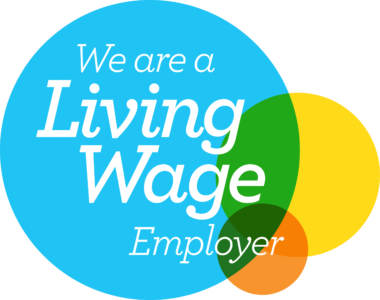October marks ADHD Awareness Month, a time to reflect on how neurodivergence intersects with everyday life, including the legal system. For those navigating family law, the recently published Family Justice Council Guidance on Neurodiversity in the Family Justice System (January 2025) offers a timely and essential framework for supporting neurodivergent clients, especially those with ADHD, through some of the most emotionally and cognitively demanding experiences of their lives.
As a solicitor currently going through my own ADHD diagnosis, I bring both lived experience and professional insight to my work. This guidance has been personally affirming and professionally empowering, it recognises the unique challenges neurodivergent individuals face in family proceedings and offers practical, strengths-based solutions that can transform how we support clients and ourselves.
Why ADHD clients may need a slightly different approach
ADHD is often misunderstood as simply a matter of distraction or impulsivity. In reality, it affects executive functioning, emotional regulation, and information processing – to name a few factors that are critical in legal settings. Clients with ADHD may struggle with:
- processing complex legal information quickly
- managing deadlines and paperwork
- regulating emotions during high-stress interactions
- maintaining focus during lengthy proceedings or mediation sessions.
These challenges can be exacerbated in family law cases, where the stakes are deeply personal and the processes often adversarial.
Court proceedings and ADHD: barriers and adjustments
The guidance highlights how traditional court environments can unintentionally disadvantage neurodivergent individuals. For ADHD clients, the fast pace of hearings, imposition of unrealistic court deadlines, formal language, and lack of breaks can lead to overwhelm, shutdowns, or misinterpretation of behaviour.
Top tips for supporting ADHD clients in court include:
- pre-hearing preparation: visiting the court, visual aids, timelines, and simplified summaries
- breaks and pacing: regular breaks and slower pacing
- clear communication: avoiding jargon and checking for understanding
- support persons or intermediaries: professionals who can interpret and relay information in ADHD-friendly ways.
These adjustments are not just helpful; they are legally supported under the Equality Act 2010, guidance for the judiciary and human rights frameworks.
Non-Court Dispute Resolution (NCDR): a better fit for ADHD?
NCDR methods such as mediation or collaborative law can offer a more flexible and less intimidating environment for ADHD clients. However, they still require careful planning to ensure accessibility.
Recommendations for NCDR settings are to:
- structure sessions with clear agendas and time limits
- provide written summaries after each meeting
- use visual tools like flowcharts
- allow time for reflection between sessions
- make use of break-out space.
These approaches empower ADHD clients to engage more meaningfully and reduce the cognitive load that often accompanies legal decision-making.
Emotional and practical support throughout divorce
Divorce is a life-altering event, and for individuals with ADHD, the emotional intensity and administrative demands can be overwhelming. The guidance encourages practitioners to take a holistic view – recognising that ADHD may affect how clients process grief, manage conflict, and make decisions.
Helpful strategies include:
- breaking tasks into manageable steps
- using reminders and checklists
- encouraging therapeutic support alongside legal advice
- being patient with fluctuating engagement levels.
These strategies foster a more compassionate, effective practice and remind us that neurodivergence is not a barrier to justice, but a call for thoughtful adaptation.
The content of this article is for general information only. It is not, and should not be taken as, legal advice. If you require any further information in relation to this article please contact the author in the first instance. Law covered as at October 2025.








